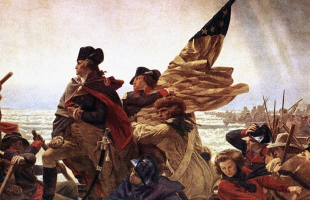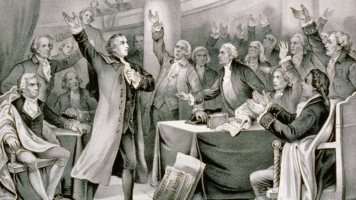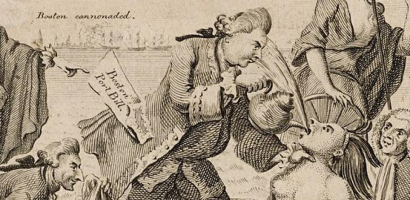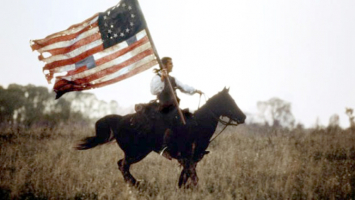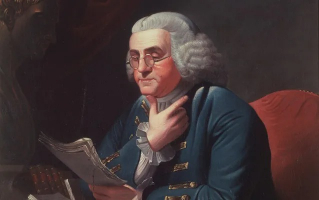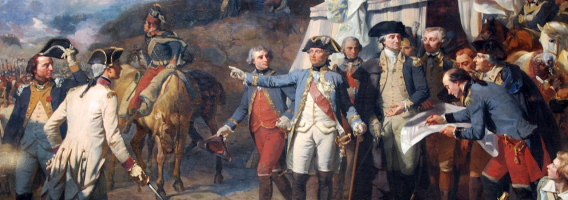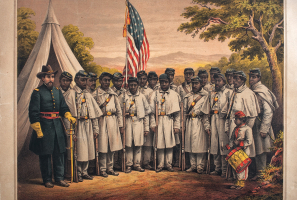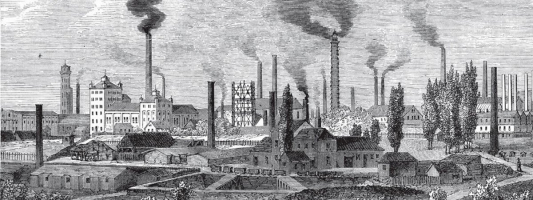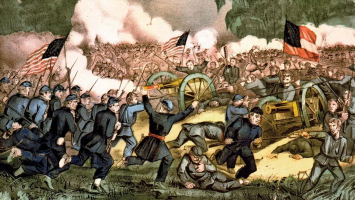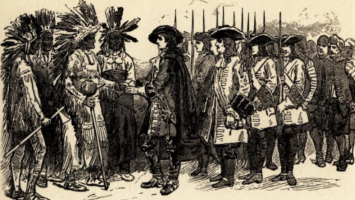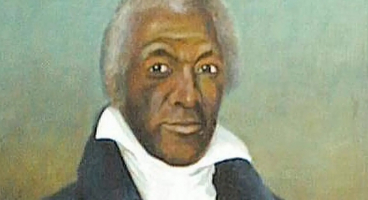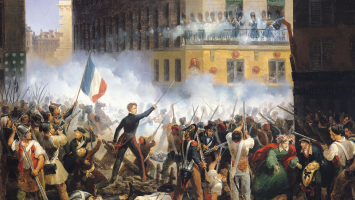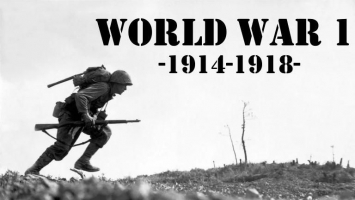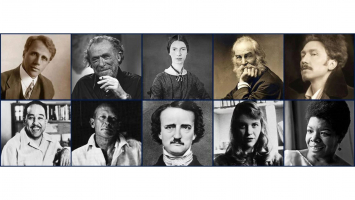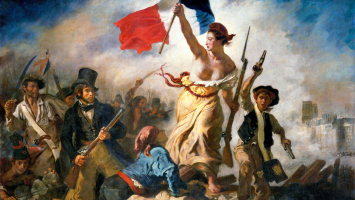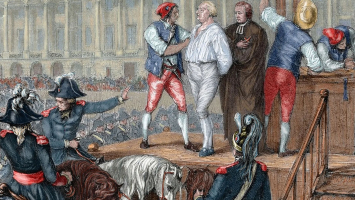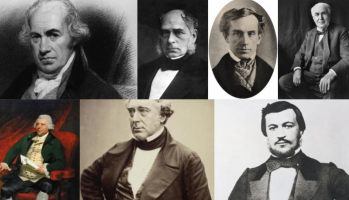Top 10 Interesting People From The American Revolution
The American Revolution, often known as the Revolutionary War, was a war for independence conducted between the United States (then the Continental Colonies) ... read more...and Great Britain from 1775 until 1783. The struggle arose from growing tensions between colonists and the colonial government, which was a branch of the British crown's power. Several individuals stood out for their bravery, intelligence, and leadership during the conflict, with the following individuals standing out for their bravery, intelligence, and leadership. Let’s check the ten most interesting people from the American Revolution below!
-
One of the most interesting people from the American Revolution is Crispus Attucks. British soldiers were dispatched to Boston in the fall of 1768, three years after the Revolution began, in an attempt to quell escalating colonial discontent. The presence of these troops heightened already heightened tensions. A British Private Hugh White was encircled by Bostonians on March 5, 1770, after an altercation with a wig apprentice. maker's Seven British soldiers wielding bayonets made their way through the crowd to save White. A throng surrounded them, throwing snowballs, oyster shells, and garbage at them. During the chaos, British soldiers opened fire on the crowd despite not being instructed to do so. Eleven individuals were hit, three of whom died on the spot and two of whom were critically wounded. The Boston Massacre was named after this occurrence.
Crispus Attucks was an African-American and Native American manual laborer who spent a lot of time in Boston. Attucks was one of five men killed in the Boston Massacre, and he is commonly considered the incident's first victim, making him the first American killed in the American Revolutionary War. The Boston Massacre was a pivotal event in the American Revolutionary War because it dramatically turned colonial sentiment against Britain. During the anti-slavery movement in the mid-nineteenth century, Attucks became a popular figure among abolitionists, who praised him for his role in the American Revolution. Attucks has been a pivotal character in the Revolutionary War ever since. He is commemorated by a statue on Boston Common, and he is mentioned frequently in popular culture.
Lifespan: 1723 – 1770
Nationality: American
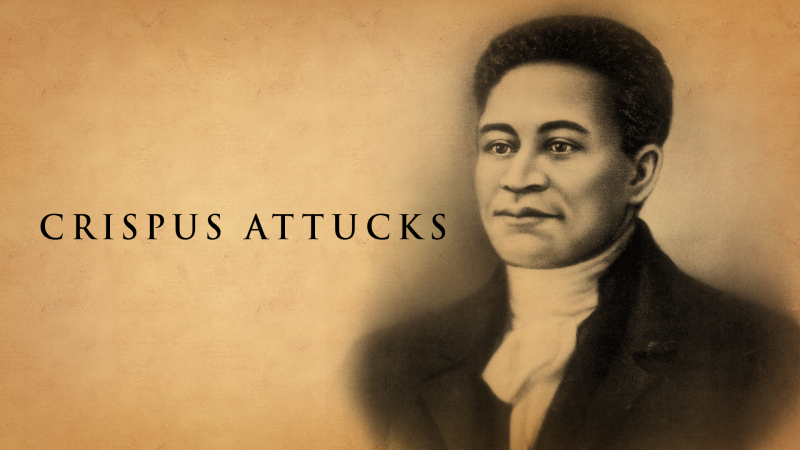
Photo: https://www.ageofempires.com/ 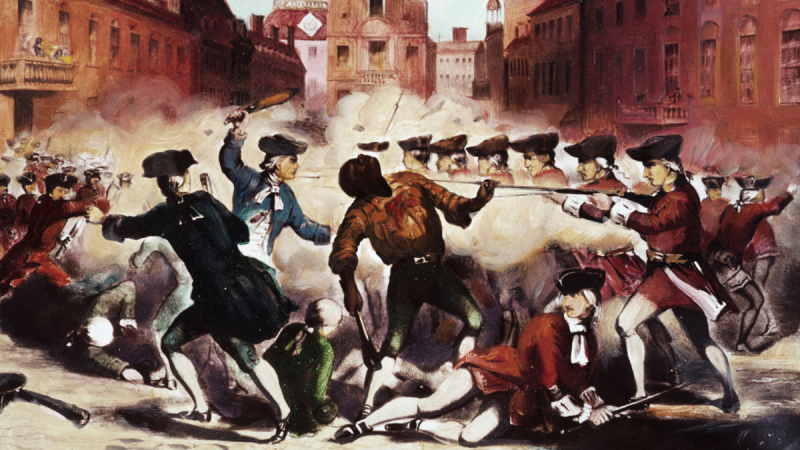
Photo: https://www.history.com/ -
As a commander in the Connecticut Colony militia, Benedict Arnold began the Revolutionary War. On May 10, 1775, he commanded a small army to conquer Fort Ticonderoga with Ethan Allen. In late 1775, Arnold led an unsuccessful assault on Quebec City. In 1776, he took part in the Battle of Valcour Island. Even though the Patriots lost the battle, Arnold's delay allowed the Americans to rescue their cause. Arnold's most well-known contribution was at the Battles of Saratoga. During the war, he seized command of a troop of American soldiers and led an assault that threw the enemy into chaos and helped the Americans win. The Battles of Saratoga are regarded as a watershed moment in the war because they contributed significantly to the development of the formal Franco-American alliance. Arnold was the governor of Philadelphia after Saratoga. During this time, he interacted with Loyalist sympathizers' families. Despite his status as a combat hero, Arnold thought his contributions were undervalued, and that others benefited from his achievements.
He had turned traitorous by July 1779, and before the end of the year, he had begun secretly negotiating with the British to surrender the American fort at West Point, New York. However, his British contact, Major John André, was apprehended on September 23, exposing the conspiracy. Arnold was able to avoid capture by boarding a British ship. Then, at Richmond and New London, Arnold fought with the British against the Americans. In America, his name became synonymous with the term "traitor."
Lifespan: 1741 – 1801
Nationality: American
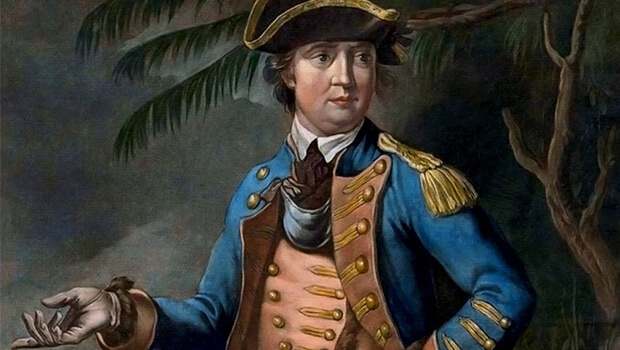
Photo: https://nghiencuuquocte.org/ 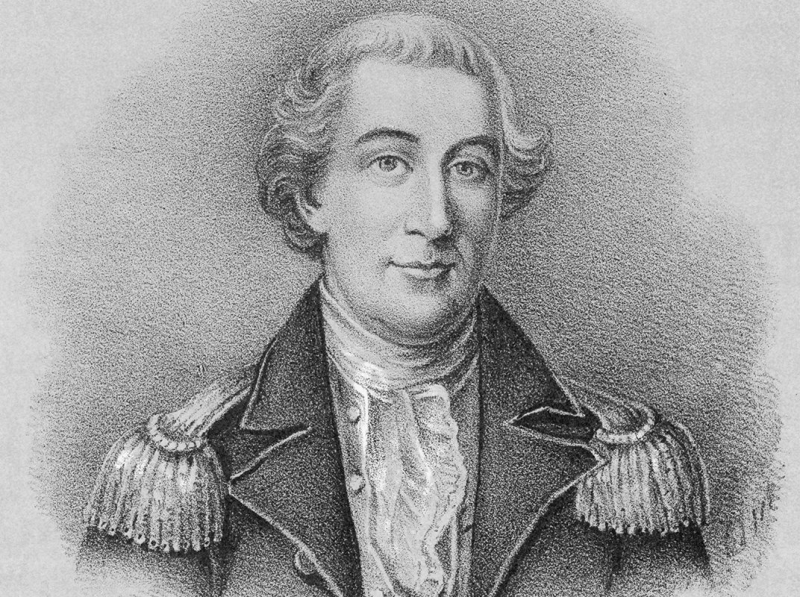
Photo: https://www.smithsonianmag.com/ -
Paul Revere was a wealthy and well-known silversmith in Boston when the American Revolution began. The British government passed the Stamp Act in 1765. The secret group Sons of Liberty was created in opposition to the Act, with the motto "No taxation without representation," implying that they would not be taxed by a British Parliament to which they had elected no members. Paul Revere was a member of the Sons of Liberty, and he promoted the Revolutionary War cause with engravings and other artifacts such as his iconic representation of the Boston Massacre in March 1770. Revere was also a key organizer of the Boston Tea Party in December 1773, during which colonists threw tea into Boston Harbor in protest of the Tea Act.
Paul Revere's most renowned contribution, though, is his "Midnight Ride." Paul Revere and William Dawes rode to Lexington on the night of April 18, 1775, with news that British troops were planning to arrest revolutionary leaders Samuel Adams and John Hancock. They also planned to damage military supplies stockpiled in Concord, a nearby town. Revere rode through modern-day Somerville, Medford, and Arlington, alerting patriots along the way, many of whom set out on horseback to issue their warnings. Thus, Revere was instrumental in the Battles of Lexington and Concord being a success for the colonists, with the British capturing just a few weapons and suffering many losses. Henry Wadsworth Longfellow commemorated Revere's ride in a poem written in 1861.
Lifespan: 1734 – 1818
Nationality: American
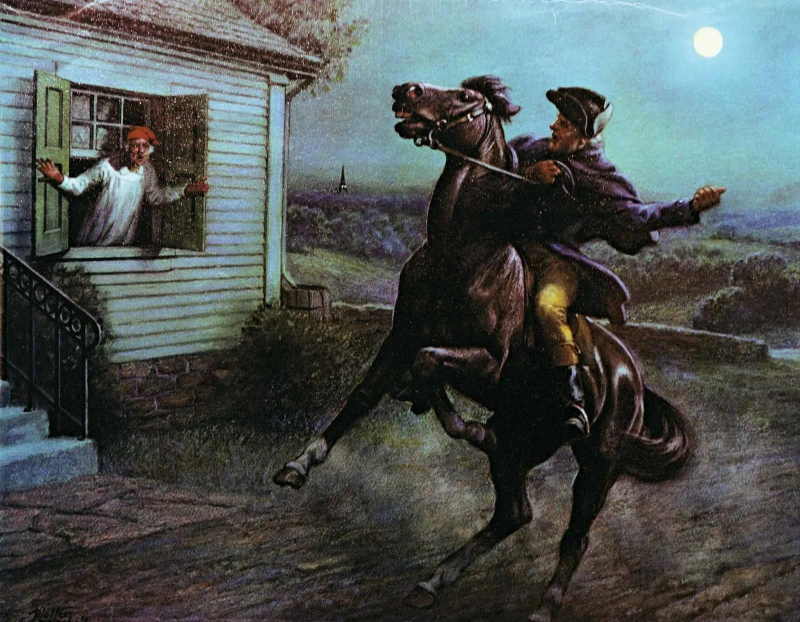
Photo: https://www.britannica.com/ 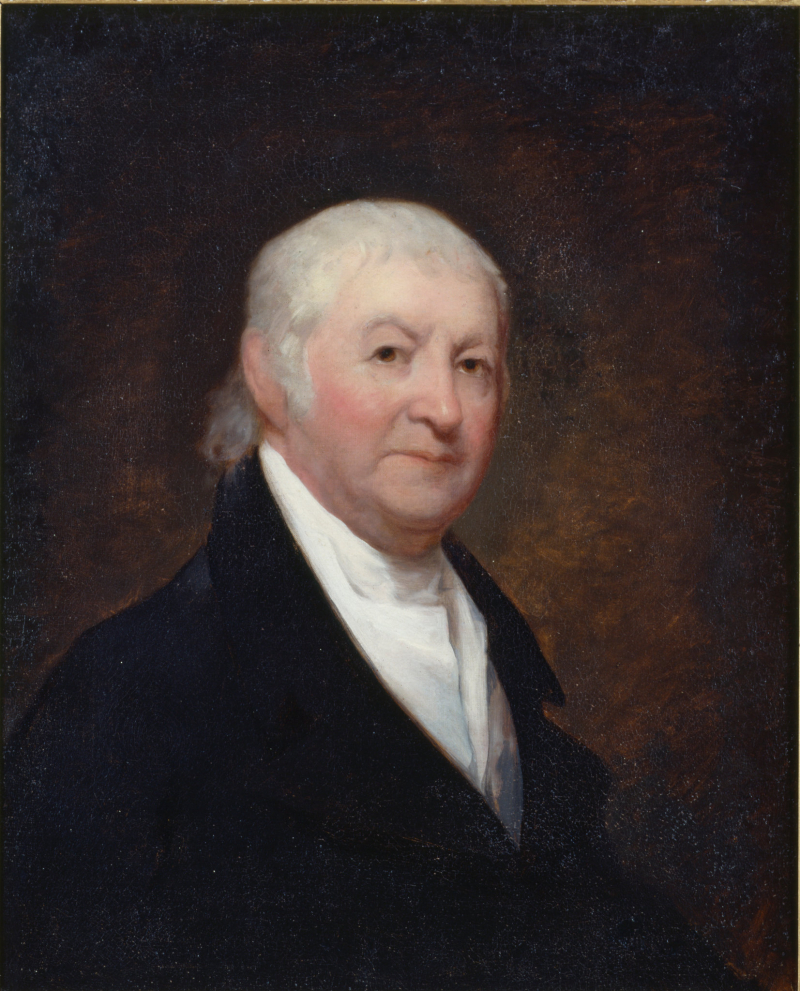
Photo: https://www.nytimes.com/ -
Joseph Warren - known as one of the most interesting people from the American Revolution, was a Boston physician who joined the Sons of Liberty in 1765. In 1775, he was elected President of the Massachusetts Provincial Congress, the revolutionary government's highest office. Warren dispatched Paul Revere and William Dawes to Lexington to warn the revolutionary leaders about the British march. Warren was nearly killed during the Battle of Lexington and Concord, the Revolutionary War's first major engagement. He was commissioned as a major general on June 14, 1775. On June 17, 1775, he was a participant in the Battle of Bunker Hill. Despite being offered to serve as a commander, he requested the location of the most intense battle and fought as a private. He fought until he ran out of ammunition, then stayed until the British launched their third and last assault on the hill, giving the militia enough time to flee.
When the British commander learned of Joseph Warren's death at the Battle of Bunker Hill, he reportedly remarked Warren's death was equivalent to the deaths of 500 soldiers. Warren's bravery motivated others to join the Revolutionary War cause, and his death was considered martyrdom by many Americans. It was represented in John Trumbull's painting The Death of General Warren at the Battle of Bunker Hill. Warren is commemorated by four statues: three in Boston and one in Warren, Pennsylvania, which has a city, borough, and county named after him.
Lifespan: 1741 – 1775
Nationality: American
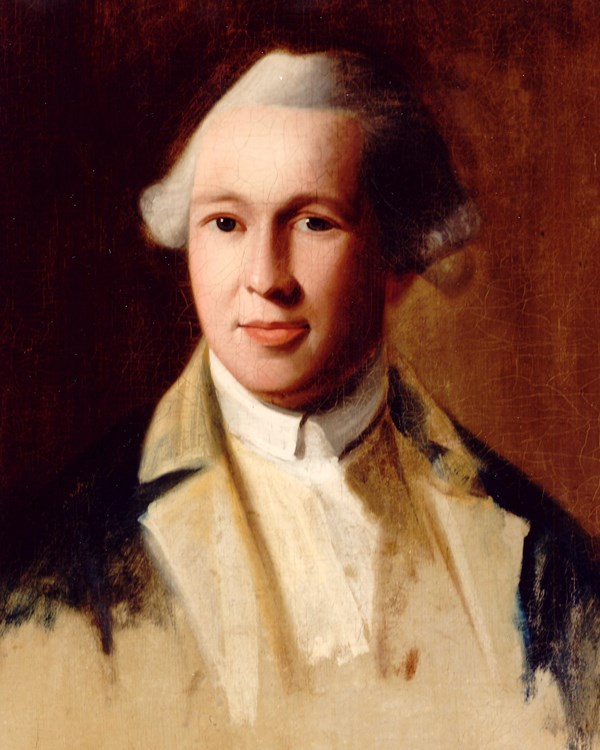
Photo: https://www.nps.gov/ 
Photo: https://www.nps.gov/ -
William Armistead of Virginia owned an African American slave named James Armistead. James received permission from his master to join the Continental Army and served under French commander Marquis de Lafayette. He began his career as a spy for Lafayette by delivering intelligence reports across enemy lines. In 1781, Armistead posed as an escaped slave who was loyal to the British in the camp of traitor Benedict Arnold. Arnold immediately acquired his trust, and he utilized him to direct British forces through the local roads. After that, James proceeded to the camp of British General Charles Cornwallis, who hired him as a spy for the British.
As a double spy, James began giving fake intelligence to the British, which he received from Lafayette while giving the Americans very accurate and thorough details. James gave the most crucial intelligence report on Cornwallis's advance from Portsmouth to Yorktown, as well as the arrival of 10,000 British troops at Yorktown. This knowledge was crucial in assisting the Continental Army in defeating the British at the decisive Conflict of Yorktown, the Revolutionary War's final major battle.
Despite putting his life on the line for his country, James Armistead was returned to his owner at the end of the war. Lafayette, on the other hand, offered a testimonial in 1784 affirming his vital role as a spy. As a result, James Armistead became a free man in 1787, and he changed his name to James Armistead Lafayette as a token of appreciation to the Frenchman.
Lifespan: 1748 – 1830
Nationality: American
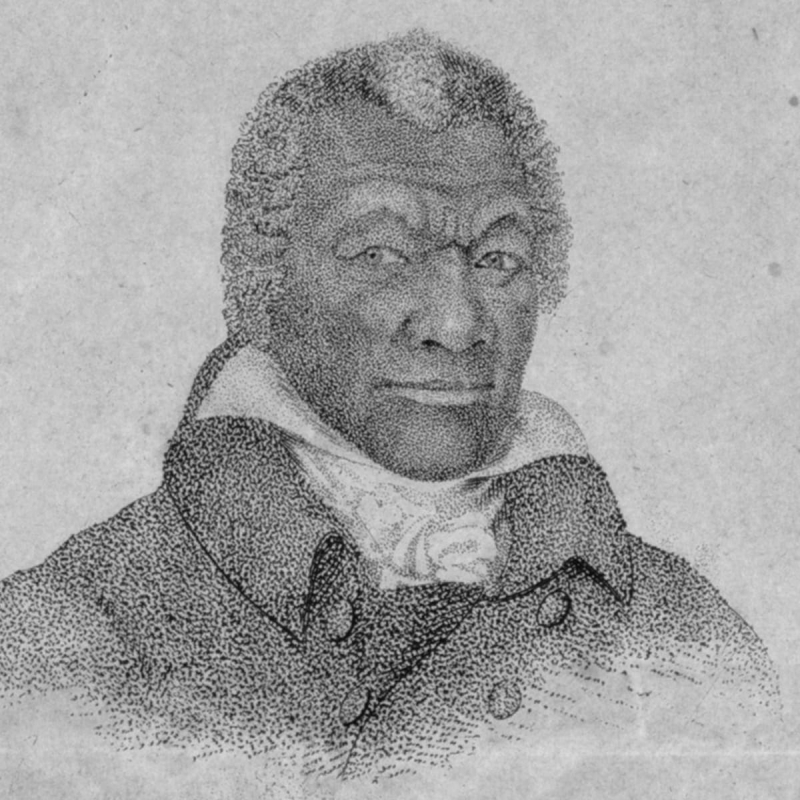
Photo: https://www.history.com/ 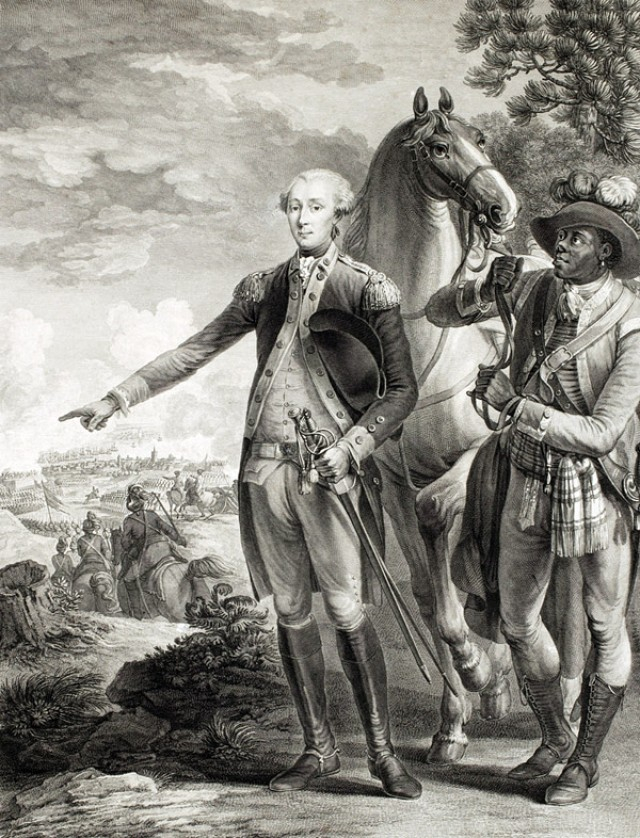
Photo: https://www.army.mil/ -
Casimir Pulaski was a military commander in the Bar Confederation, an organization that fought for the freedom of the Polish–Lithuanian Commonwealth against Russian dominance. He was forced into exile after the revolution collapsed. Pulaski "was recognized across Europe for the heroism and bravery he demonstrated in defense of his country's freedom," according to Benjamin Franklin, who suggested that General George Washington accept him as a volunteer in the Continental Army cavalry. Pulaski landed in America on July 23, 1777, and on August 20, 1777, he met Washington.
On September 11, he saw action for the first time during the Battle of Brandywine. During the battle, he saved the Continental Army's cavalry from a terrible defeat and defended Washington's rear, assisting in his escape. As a result, he became famous for saving Washington's life. He was promoted to brigadier general in the Continental Army cavalry on September 15. Pulaski set about rebuilding the cavalry right away. He even formed the Pulaski Cavalry Legion, which fought in the Little Egg Harbor Massacre, the Siege of Savannah, and the Siege of Charleston. During the Battle of Savannah, Casimir Pulaski was fatally wounded while commanding a cavalry assault against British forces. Pulaski is commonly regarded as the "Founding Father of the US Cavalry," alongside Hungarian cavalry officer Michael Kovats.
He is also recognized as a hero who battled for independence in both Poland and America. Pulaski has received various awards for his contributions to the Revolutionary War in the United States. He is one of just eight people in the world to be granted honorary American citizenship.
Lifespan: 1745 – 1779
Nationality: Polish
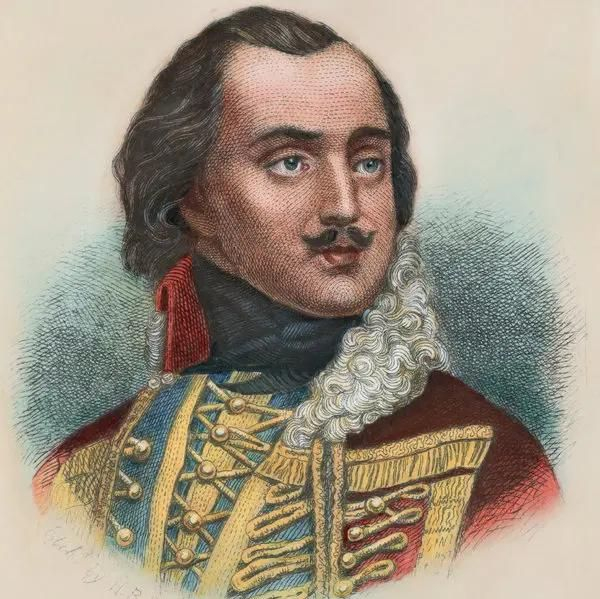
Photo: https://www.nytimes.com/ 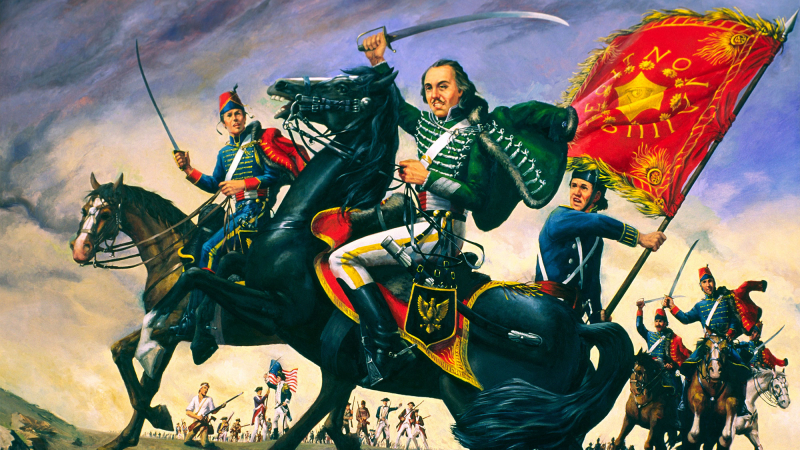
Photo: https://www.livescience.com/ -
John Paul, a Scotsman, served as the commander of various British commerce ships. He was compelled to flee to North America after killing one of his crew members in self-defense, as he claimed. Jones joined the newly formed Continental Navy as a lieutenant aboard the frigate Alfred when the Revolutionary War broke out. On December 3, 1775, aboard Alfred, he became the first person to hoist the American flag over an American warship. The sloop Providence was then entrusted to him to command. As commander of Providence in 1776, Jones was responsible for several crucial tasks, including troop transport and supply transfer. Moreover, during a six-week trip, he captured sixteen British ships. As a result, he was promoted to captain permanently.
Jones took command of the Bonhomme Richard in August 1779 and sailed across the British Isles. He captured the British cruisers Serapis and Countess of Scarborough in September. The battle that ensued was one of the most well-known naval battles in American history. After inflicting significant damage to Bonhomme Richard, Serapis captain Richard Pearson asked Jones whether he was willing to surrender. "I have not yet begun to fight!" Jones famously said. Jones compelled Serapis and the Countess of Scarborough to surrender after a three-and-a-half-hour duel. The next day, the battered Bonhomme Richard sank, and the Americans were moved to Serapis. John Paul Jones is renowned as the "Father of the American Navy" since he was the first well-known naval commander of the United States. He joined the Imperial Russian Navy after the war, although his time there was uneventful.
Lifespan: 1747 – 1792
Nationality: Scottish

Photo: https://collections.armynavyclub.org/ 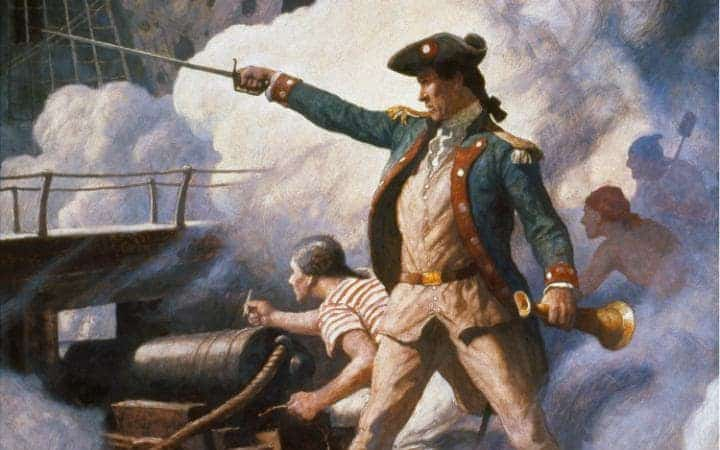
Photo: https://historycollection.com/ -
Ann Bates, a Pennsylvania native, was a Philadelphia schoolteacher who married Joseph Bates, a British army soldier. He is also famous for being one of the most interesting people from the American Revolution. In 1778, she was one of the numerous loyalists who fled Philadelphia. Ann enrolled under Henry Clinton, the British Commander-in-Chief, during this time. Ann worked as a British spy for Major Duncan Drummond. She embarked on her maiden mission in 1778. Under the alias "Mrs. Barnes," she went to General George Washington's camp in White Plains, New York. Bates listened in on many talks and counted artillery units while at the camp. When she arrived in New York City, she informed Drummond of the tremendous amount of information she had gathered. She went to Washington's camp three times to gather information. She provided crucial information about the Rhode Island Campaign's planning, among other things.
Bates was discovered by a British soldier who had defected during her final assignment and promptly departed the American camp. At an American headquarters, she was discovered and questioned. She was, however, able to maintain her composure and was released. Bates' spying efforts were halted as a result of these instances. Ann Bates and her husband set a ship for England on March 6, 1781. She prepared a petition for pension after her divorce in 1785, which she was able to obtain thanks to Major Drummond's files and her good recall. Ann Bates was noted for her intelligence, attentiveness, and ability to remain calm under duress. During the American Revolution, she was one of the most significant British spies.
Lifespan: 1748 – 1801
Nationality: American
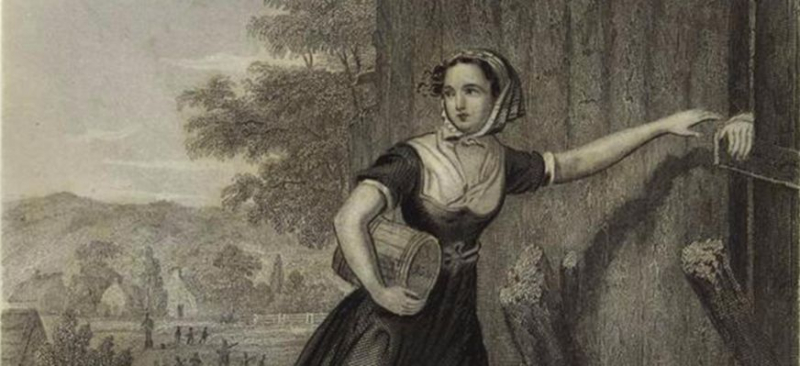
Photo: https://conventionofstates.com/ 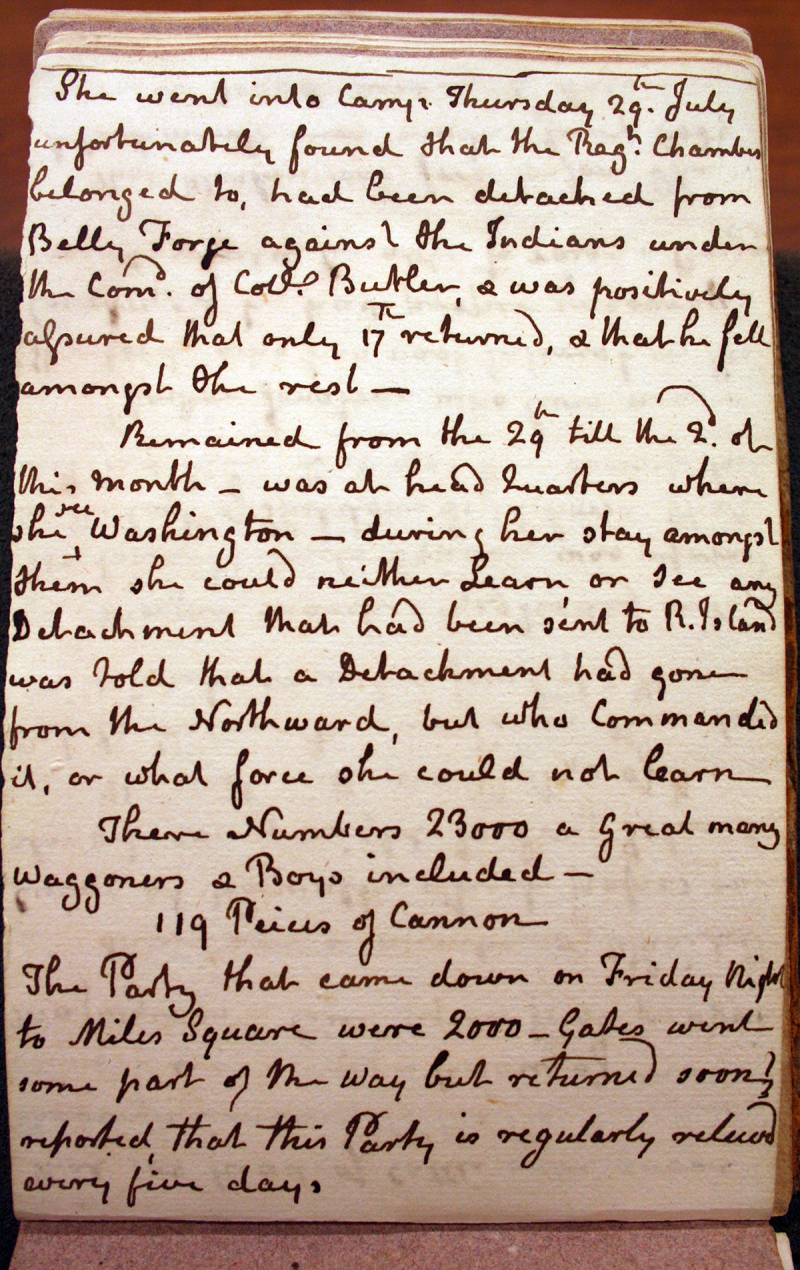
Photo: https://allthingsliberty.com/ -
From 1757, Francis Marion fought in the French and Indian War. He was commissioned as a captain in the 2nd South Carolina Regiment when the American Revolutionary War broke out. During the British Siege of Charleston in 1776, he assisted in the defense of the city. Marion was promoted to lieutenant colonel in the Continental Army for his role in the battle. He fractured his ankle in an accident in March 1780 and had to leave Charleston. When the city fell to the British on May 12, 1780, this worked to his advantage. Marion formed a small unit, which numbered between 20 and 70 soldiers at the time. In South Carolina, this corps became the only source of resistance against the British. Marion used guerrilla warfare techniques to harry the British, terrifying them with fast surprise attacks and equally quick retreats to the region's wetlands. At Great Savannah, his soldiers ambushed a British barracks and released 150 American prisoners, which was their first big victory. Marion relentlessly attacked the British as they tried to take South Carolina.
Marion assaulted and destroyed a force of Loyalist troops in the Battle of Black Mingo in September 1780. General Cornwallis was enraged by Marion's tactics and dispatched Banastre Tarleton to kill Marion's unit. "As for this accursed old fox, the Devil himself could not catch him," Tarleton said after unsuccessfully following Marion's forces for 7 hours over 26 miles. Francis Marion became known as "The Swamp Fox" as a result of this. Marion was promoted to brigadier general and saw action in numerous successful engagements, including the Siege of Fort Watson, the Siege of Fort Motte, and the Battle of Eutaw Springs. Francis Marion is regarded as one of the founding fathers of modern guerilla warfare, and his popularity in the United States remains high.
Lifespan: 1732 – 1795
Nationality: American
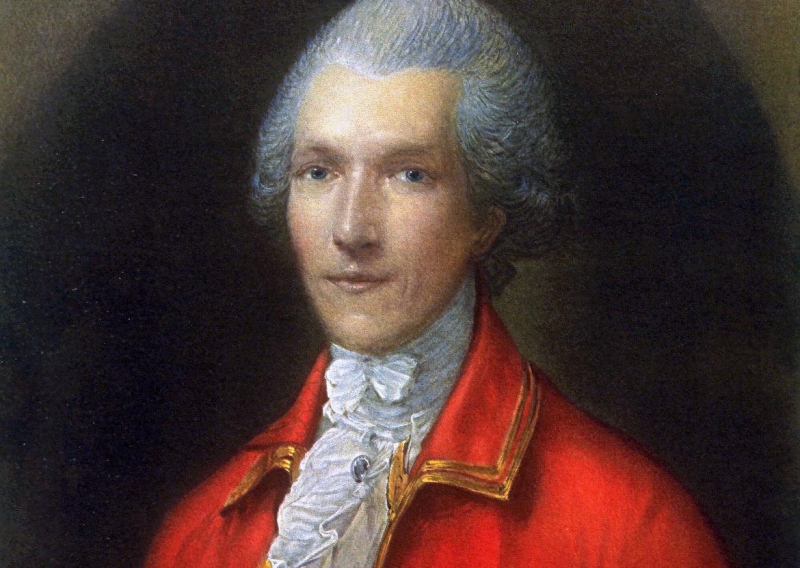
Photo: https://allthingsliberty.com/ 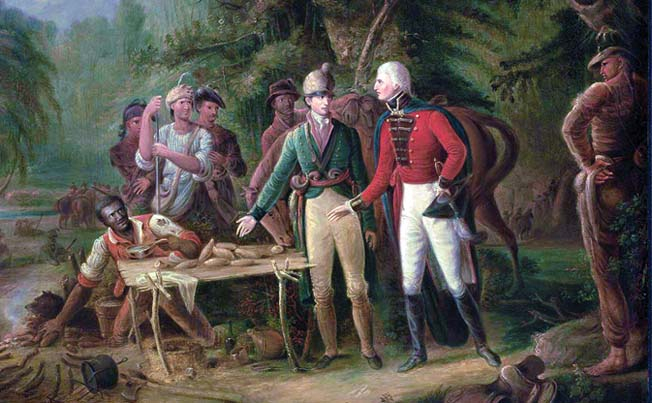
Photo: https://warfarehistorynetwork.com/ -
During the Revolutionary War, Henry Lee, often known as "Light-Horse Harry," served as a cavalry officer in the Continental Army. He began as a captain and rose through the ranks to become a major in 1778. Lee's Legion, which largely participated in the Southern Theater of the War, was recognized for its ruthlessness, efficiency, and valor on the battlefield. Henry Lee's horsemanship earned him the nickname "Light-Horse Harry" during his service as commander of this legion. His extremely mobile light cavalry squadron served not only in big battles but also in surveillance and surprise attacks to disrupt enemy movement.
Lee was awarded a gold medal on September 22, 1779, for leading a successful midnight attack in the Battle of Paulus Hook, which resulted in the capture of 158 British soldiers. Lee was promoted to lieutenant colonel soon after. In 1781, Henry Lee commanded the American forces in the capture of various British outposts in South Carolina and Georgia, including Fort Watson, Fort Motte, Fort Granby, Fort Galphin, Fort Grierson, and Fort Cornwallis, alongside General Francis Marion and General Andrew Pickens. The Battle of Guilford Court House, the Siege of Ninety-Six, and the Battle of Eutaw Springs were all fought by Lee's Legion. Light-Horse Harry Lee went on to have a successful political career after the war. He was Governor of Virginia from 1791 to 1794 and a member of the United States House of Representatives from 1799 to 1801. During the American Civil War, Lee's son Robert E. Lee rose to prominence as the commander of the Confederate States Army.
Lifespan: 1756 – 1818
Nationality: American
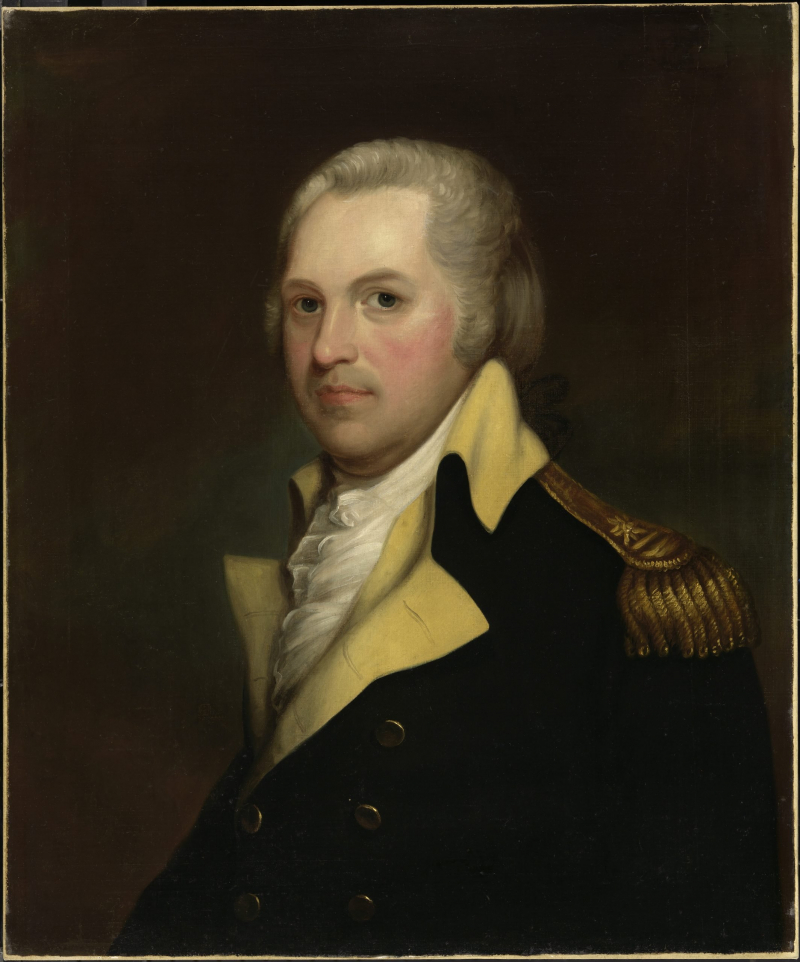
Photo: https://encyclopediavirginia.org/ 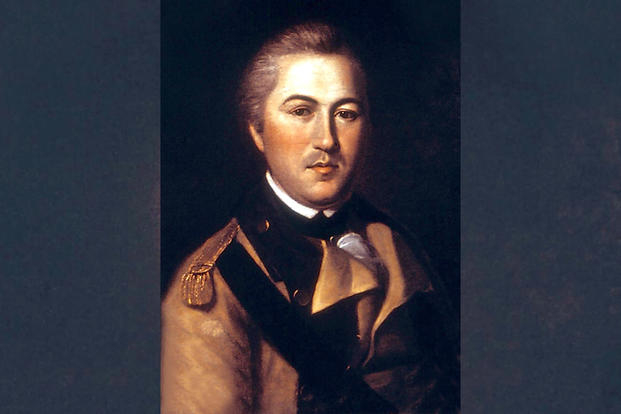
Photo: https://www.military.com/












